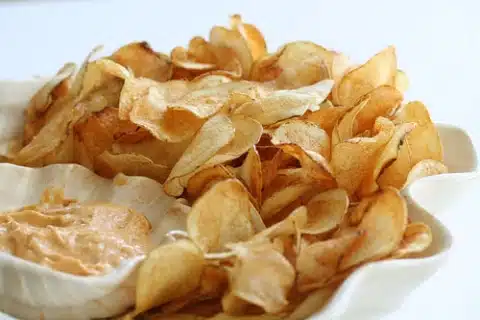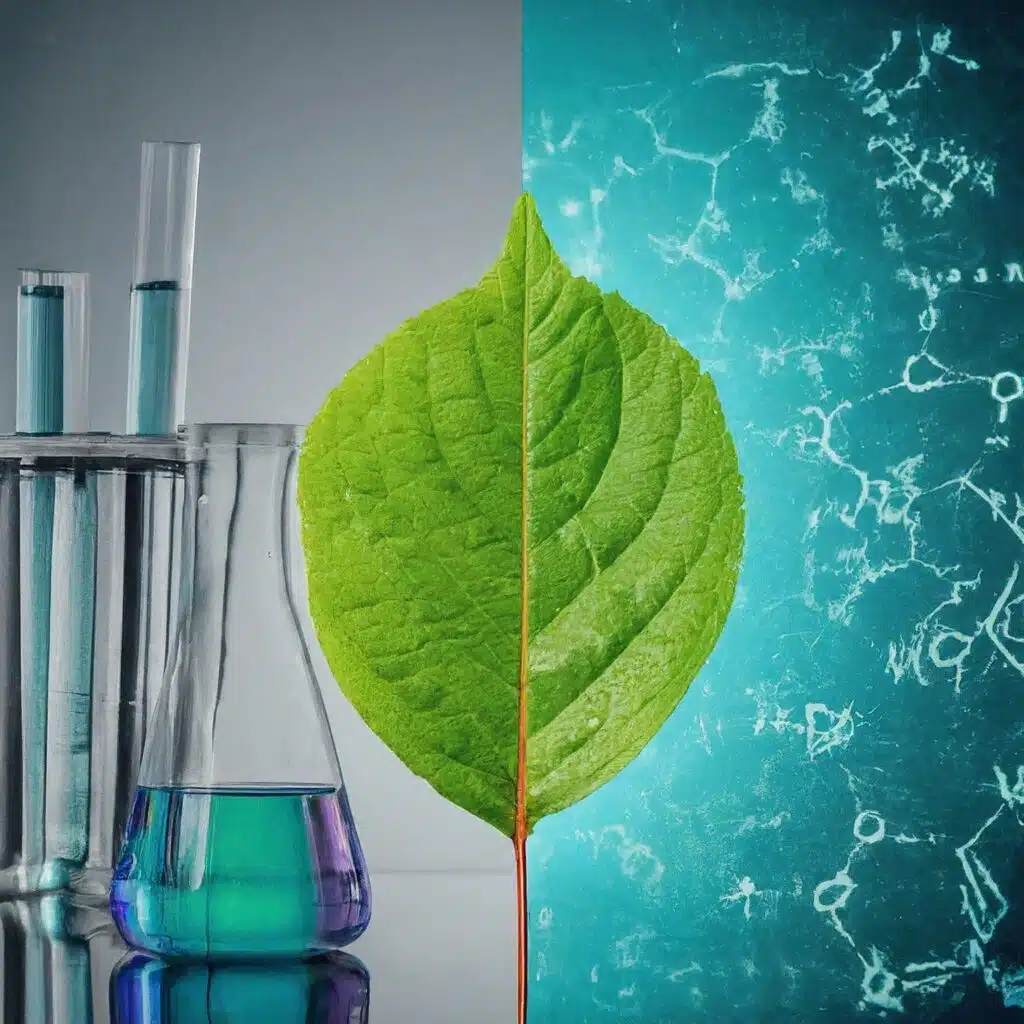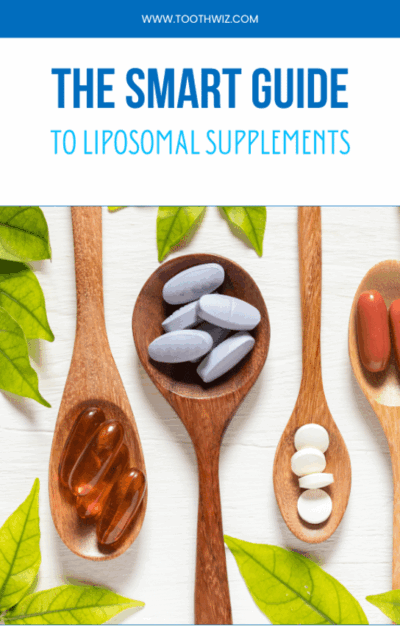This is the first of a two-part series that discusses the effect of foods on our teeth. Part One will review those foods considered harmful to the teeth, and Part Two will discuss foods that can actually help to rebuild them.
Generally, more attention is given to the former than the latter. From a viewpoint of prevention, this has its value. Nevertheless, a good understanding of which foods are beneficial to dental health is, in my opinion, of no lesser importance. In actual fact, this understanding may hold the key to not only improving an individual’s dental health, but very possibly their general health as well.
While there are usually several components to any program that leads to improved dental health, of these, it is my opinion that diet is paramount.
Dentists generally spend the bulk of their time discussing the importance of hygiene. I, too, have addressed this topic in several articles. Nevertheless, over time, I have come to see the value of spending a great deal more time with patients reviewing and modifying their diets. Truthfully, this is more challenging – and meets with greater resistance. But it is vitally important.
I don’t think it is important to the exclusion of hygiene, however. Yet, I have come across some opinions that promote diet only. So let’s take another look at this area more broadly, just to put it into perspective.
Hygiene involves care of the entire body. Naturally, that includes the mouth. While good personal hygiene is generally something one should practice for themselves – it is also important to insist others maintain it as well. Consider the following example:
Let’s say you have adopted a diet of fresh organic food and you are now on your way to your local butcher to purchase some fresh meat. You arrive and are greeted by someone who smells as though he hasn’t bathed in a week. His hair is greasy. His hands are dirty and after he unceremoniously coughs into them, he wipes one hand on a dirty shirt. Then he reaches over for your fresh cut of meat and holds it up for inspection.
You would have a right to refuse it. Not because there is anything wrong with grass-fed, hormone free meat. Rather, it would be because the person clearly practices poor hygiene and may infect you – and whoever else they come into contact with. You wouldn’t be wrong to say something about it.
Similarly, good oral hygiene is simply a reflection of the total care of one’s body. This also means getting sufficient rest and exercising regularly.
That having been said, let’s take a quick look at what types of food cause people dental problems.
These can be simplified into three broad categories. As you will see, however, they comprise a very wide array of commonly consumed foods.
- Sugar and Sweeteners. The first category I will mention is the one nearly everyone focuses upon and possibly falls into the category of “common knowledge.” Despite this fact, you might be surprised by the quantities of sugars and sweeteners that are regularly consumed in a typical diet. When the quantity of sugar in the blood rises it upsets the balance of calcium to phosphorus in the blood as well. This has the effect of pulling calcium out of our teeth and bones. Low phosphorus levels likewise affect the mineral content of dentin, which is the layer of tooth structure supporting tooth enamel.
- Low Fat Foods. This includes such items as skimmed or low-fat milk, which many individuals assume helps their teeth if they consume it in sufficient quantities. Unfortunately, this is a fallacy that gets many people in trouble. Milk that is homogenized and pasteurized has been stripped of its nutritive value. Pasteurization kills off the probiotic (good bacteria) quality of raw natural milk. Paradoxically, this can allow pathogenic (bad) bacteria to grow more easily in pasteurized milk. Also, the absence of healthy fat can affect hormonal function which, in turn, may affect mineral levels adversely.
- Bleached (White) Flour. Products that contain white flour can also be damaging to teeth – especially when combined with sugars and in the absence of healthy animal fats. If one stops to consider how many foods are made with white flour, this can create quite a dietary challenge. Furthermore, if not removed after meals, these foods will create a thin sticky layer of what is basically a form of sugar. Because this, in turn, can stick to the teeth for hours – and becomes acidic – it can accelerate that demineralization process that breaks down the outer layer of your teeth, resulting in tooth decay. Also, the bleaching process typically adds chlorine dioxide or benzoyl peroxide to make the flour appear bright white. You don’t need these in your diet.
In the next article, we will cover what foods are good for your teeth. The positive side to this story is that there is good news and you can do something to remineralize or rebuild your teeth; however, knowing how foods come into the picture and which ones are detrimental to your teeth and gums is a critical element for taking control of your dental health.





